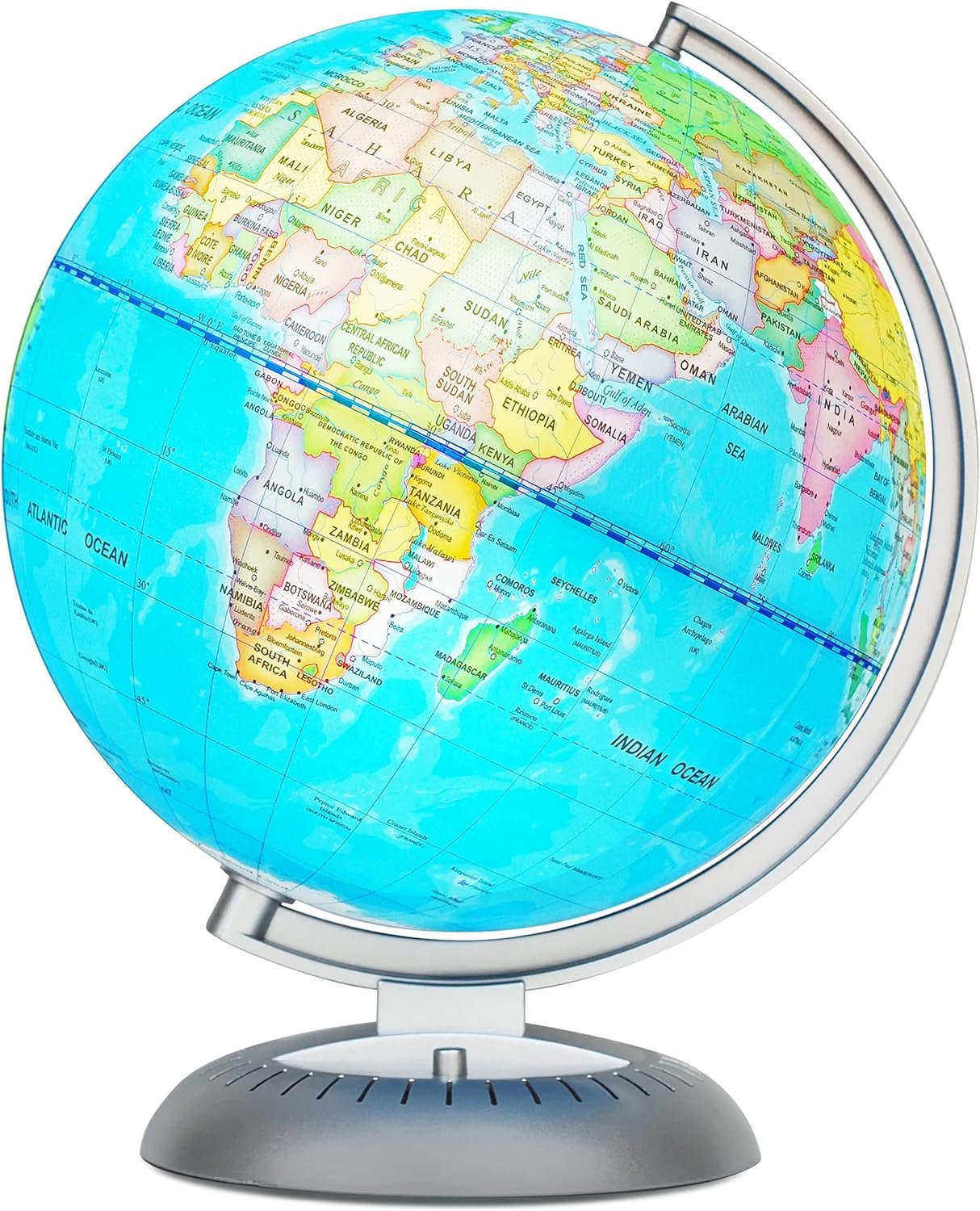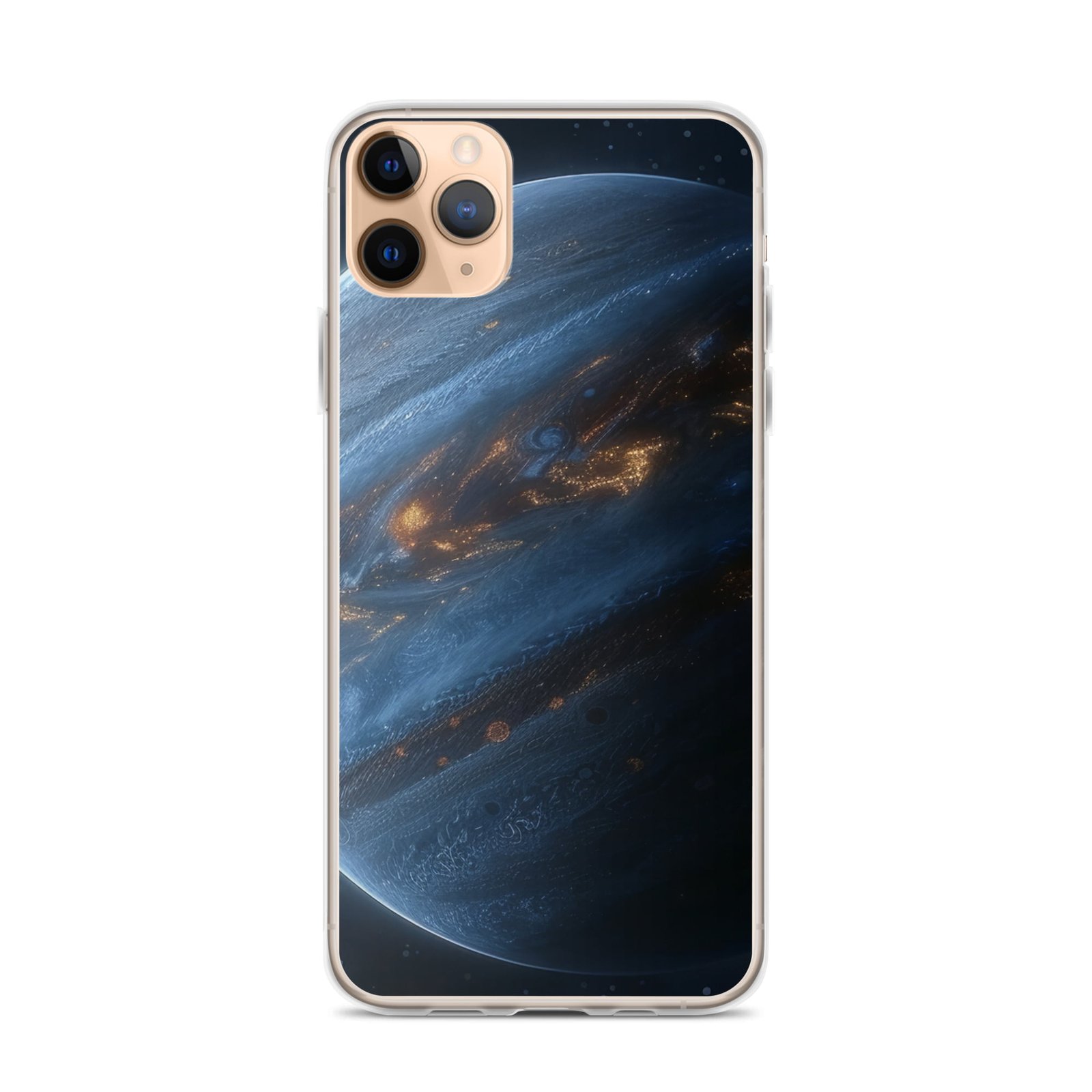Discover why walking on Mars with just an oxygen mask is deadly. Learn about the essential space suit for survival! Explore now!
Can Humans Walk on Mars with Just an Oxygen Mask and Regular Clothes?
Key Takeaways:
- Mars is an incredibly hostile environment for humans.
- The lack of breathable oxygen, extremely low atmospheric pressure, and extreme temperatures make survival impossible without a space suit.
- Walking on Mars with just an oxygen mask and regular clothes would result in almost immediate death due to suffocation, bodily harm from low pressure, and exposure to radiation.
- Space suits are essential for human exploration of Mars, providing life support, pressure regulation, and protection from radiation.
Mars has long captured the imagination of scientists, explorers, and dreamers. As humanity plans for future missions to the Red Planet, questions about survival in its harsh environment arise. One such question is whether a person could walk on Mars wearing just an oxygen mask and regular clothes, without a space suit. While this scenario might sound intriguing, the reality is that Mars’ environment is far too extreme for humans to survive without specialized equipment.In this blog post, we’ll explore the reasons why a space suit is essential for survival on Mars and what would happen if someone attempted to walk on the Martian surface with only an oxygen mask and regular clothing.
The Martian Atmosphere: A Hostile Environment
1. Lack of Oxygen
Mars’ atmosphere is composed mostly of carbon dioxide (95.3%), with only trace amounts of oxygen (0.13–0.14%). In comparison, Earth’s atmosphere contains about 21% oxygen, which is essential for human survival. Even with an oxygen mask supplying breathable air, the surrounding environment on Mars would not support life. The oxygen mask alone cannot compensate for the other environmental challenges, such as pressure and temperature.
2. Extremely Low Atmospheric Pressure
The atmospheric pressure on Mars is about 0.6 to 1 kilopascal, which is less than 1% of Earth’s sea-level pressure (101.3 kilopascals). This low pressure would have catastrophic effects on the human body. Without a pressurized suit:
- Bodily fluids would boil: At such low pressures, the boiling point of water drops significantly. This means that the water in your blood, saliva, and tissues would start to vaporize, causing swelling and severe internal damage.
- Unconsciousness within seconds: The lack of pressure would prevent oxygen from being delivered to your brain, leading to unconsciousness in about 15 seconds.
- Death within minutes: The combined effects of suffocation and bodily harm would result in death within a few minutes.
Temperature Extremes on Mars
Mars experiences extreme temperature fluctuations that make it impossible for humans to survive without thermal protection.
1. Daytime and Nighttime Temperatures
- During the day, temperatures at the equator can reach a relatively mild 21°C (70°F).
- At night, temperatures plummet to around −73°C (−100°F).
Without proper insulation, a person would quickly succumb to hypothermia during the frigid Martian nights. Even during the day, the thin atmosphere provides no protection from the Sun’s ultraviolet rays, leading to severe sunburn and heat-related injuries.
2. Lack of Thermal Regulation
On Earth, our atmosphere helps regulate temperature, but Mars lacks this capability. A space suit is designed to maintain a stable internal temperature, protecting astronauts from both extreme heat and cold. Without it, the human body would be unable to adapt to the rapid temperature changes.
Radiation Exposure on Mars
Mars lacks a global magnetic field and has a thin atmosphere, which means it offers little protection from harmful cosmic radiation and solar particles.
1. Cosmic Radiation
Cosmic rays are high-energy particles from space that can penetrate human tissue, damaging cells and DNA. Prolonged exposure increases the risk of cancer and other health issues.
2. Solar Proton Events
Solar flares and coronal mass ejections from the Sun release bursts of radiation that can be deadly to unprotected humans. On Earth, our magnetic field and atmosphere shield us from these events, but Mars offers no such protection.
3. Long-Term Effects
Even short-term exposure to Mars’ radiation levels would be harmful. Without a space suit, which includes radiation shielding, a person would be exposed to doses of radiation far exceeding safe limits.
Physical Effects of Low Pressure on the Human Body
The low atmospheric pressure on Mars would have immediate and severe effects on the human body. Here’s what would happen if someone attempted to walk on Mars without a space suit:
1. Swelling and Boiling of Bodily Fluids
At Mars’ atmospheric pressure, the boiling point of water is so low that bodily fluids, including blood, saliva, and the moisture in your eyes, would begin to vaporize. This would cause:
- Swelling of the skin and tissues.
- Severe dehydration and internal damage.
2. Rapid Loss of Consciousness
The lack of pressure would prevent oxygen from being absorbed into the bloodstream, leading to hypoxia (oxygen deprivation). A person would lose consciousness within 15 seconds.
3. Death Within Minutes
The combined effects of suffocation, boiling fluids, and tissue damage would result in death within a few minutes. While the body wouldn’t “explode” as depicted in some science fiction movies, the damage would still be catastrophic.
Why Space Suits Are Essential for Mars Exploration
Space suits are designed to protect astronauts from the harsh conditions of space and planetary environments like Mars. Here’s how they help:
1. Pressure Regulation
Space suits maintain a stable internal pressure, preventing the harmful effects of low atmospheric pressure on the body.
2. Oxygen Supply
They provide a continuous supply of breathable oxygen, ensuring that astronauts can survive in environments with little or no oxygen.
3. Thermal Protection
Space suits are equipped with insulation and temperature control systems to protect astronauts from extreme heat and cold.
4. Radiation Shielding
Modern space suits include materials that shield astronauts from harmful cosmic radiation and solar particles.
5. Mobility and Functionality
Despite their bulk, space suits are designed to allow astronauts to move, work, and explore efficiently.
Final Thoughts
Walking on Mars with just an oxygen mask and regular clothes is not only impractical but also deadly. The planet’s lack of breathable oxygen, extremely low atmospheric pressure, extreme temperatures, and high radiation levels make a space suit essential for survival. Without one, a person would face almost immediate death from suffocation, boiling bodily fluids, and radiation exposure.As humanity prepares for future missions to Mars, the development of advanced space suits will be critical to ensuring the safety and success of astronauts. These suits will allow humans to explore the Red Planet while being protected from its harsh environment.Mars may be a fascinating destination, but it is also a reminder of how unique and precious Earth is as a home for life. For now, the dream of walking on Mars remains tied to the technology that makes such exploration possible.
By understanding the challenges of Mars’ environment, we can better appreciate the ingenuity required to explore it. While the idea of walking on Mars with just an oxygen mask might make for an interesting thought experiment, the reality is that survival on the Red Planet requires much more than that.
























